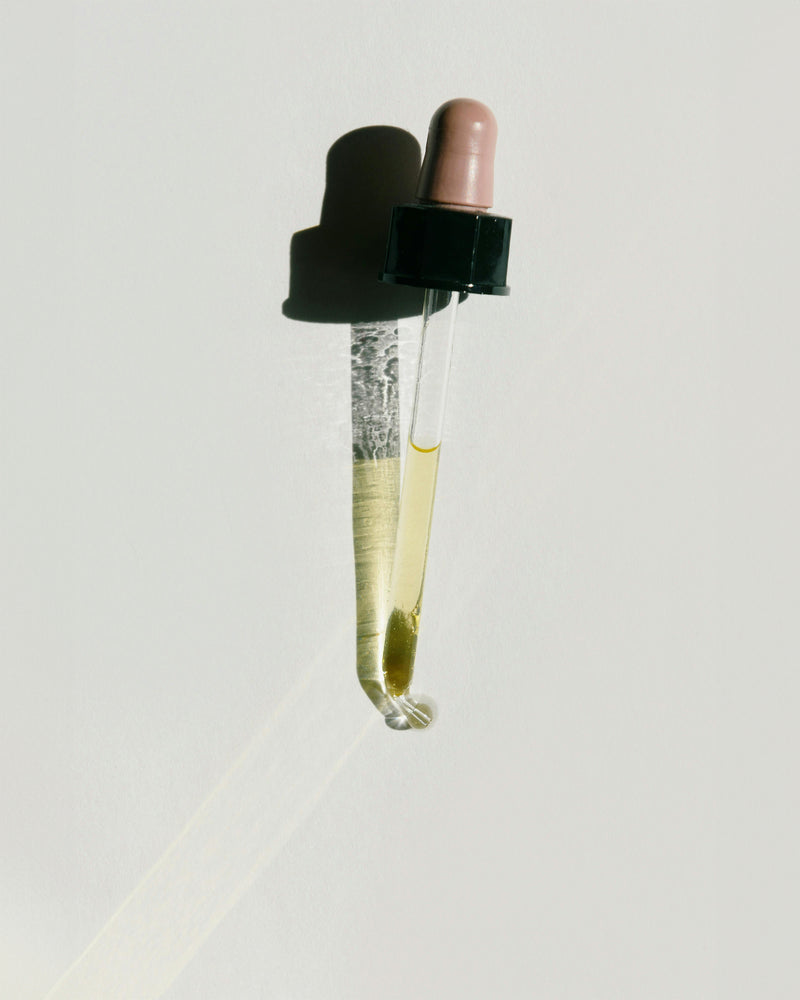2024.11.01
The appeal of natural fragrances and how they are produced

In the world of fragrance, natural fragrances that have been passed down since ancient times are indispensable. The scents that are carefully extracted from plants, flowers, and sometimes resins have a depth and warmth that cannot be reproduced by artificial fragrances. In this article, we will introduce how these natural fragrances are made.
1. Steam distillation: Extracting the essence of the aroma
Many plants, such as lavender and rose, are converted into essential oils by a method called steam distillation. The plant is heated to extract the aromatic compounds along with the steam, which is then cooled to obtain the fragrance as oil. Steam distillation is an indispensable method for those who work with essential oils, as it allows the extraction of the fragrance without compromising it.
2. Solvent Extraction: For Delicate Flowers
For delicate flowers that are sensitive to heat, such as jasmine and tuberose, a "solvent extraction" method is used. The plant is soaked in a solvent to dissolve the scent, and the final product is a concentrated fragrance called an "absolute." The scent obtained using this method is dense and complex, as if the flower itself were present.
3. Pressing method: Preserves the citrus aroma
The aroma of citrus fruits such as oranges and lemons is extracted by squeezing the peels as they are. The squeezing method is simple, yet it is characterized by its ability to bring out the fresh aroma of the fruit as it is. The aroma is not lost, and you can get a fresh aroma just like if you cut the fruit as it is.
4. Immersion: an ancient craft
The "soaking method" used in ancient Egypt and elsewhere is a way to slowly transfer the essence of a fragrance into oil. It is an old-fashioned method in which flowers or resin are soaked in oil and fat, and the oil slowly absorbs the fragrance. Although it takes time, it produces a soft, deep scent, so it is used as a rare fragrance in special occasions.
5. Supercritical Carbon Dioxide Extraction: The Crystallization of Modern Technology
The latest technology, "supercritical carbon dioxide extraction," uses carbon dioxide at low temperature and high pressure to extract highly pure fragrance components. This makes it possible to create fragrances that capture the aroma of the plants without destroying them. This technology is also being adopted in the modern fragrance industry, which is looking for high-quality fragrances.
Creating a fragrance
Natural fragrances are carefully made in the most optimal way, taking into consideration the properties of the plants and the characteristics of their fragrance. Therefore, each bottle of perfume contains a delicate balance between nature and science. When enjoying a fragrance that has been passed down through history, it may be fun to think about the craftsmanship and blessings of nature that went into it.
Born in 1982. After graduating from Gakushuin University, he completed a master's course at Lancaster University in the UK. After returning to Japan, he worked in the fragrance industry and produced numerous products. In 2010, one of his produced products won the Japan Fragrance Grand Prize. Since establishing the fragrance manufacturer "Scent Nations" in January 2012, in addition to planning and developing the original brand "Show Layered," he has used the strengths of his unique network to combine various content with fragrances and produce products for numerous celebrities, athletes, and brands.
